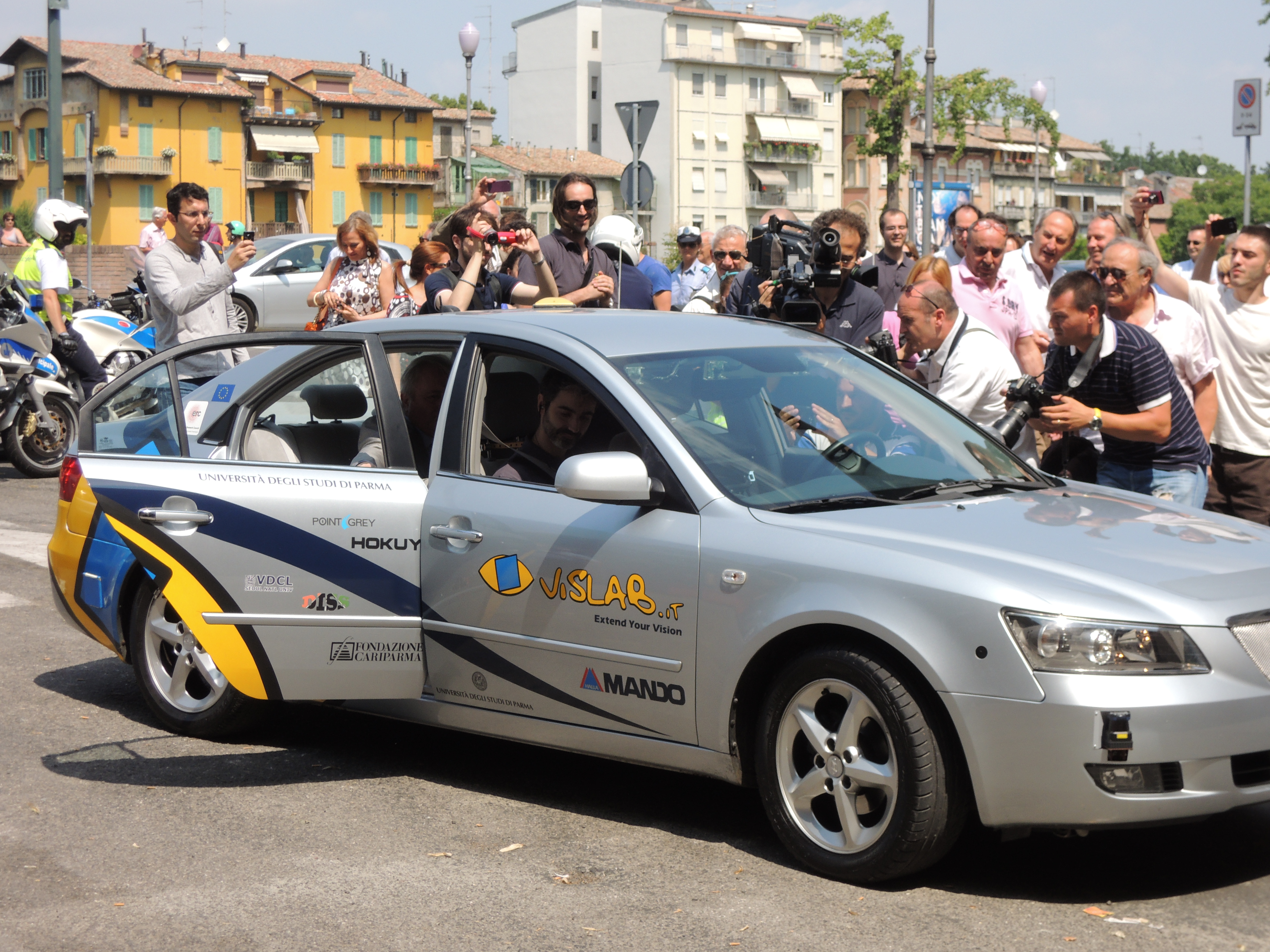World politicians are increasingly taking autonomous vehicles seriously. They start to recognize the importance of autonomous technology and the potential to profit from this innovation. French president Francois Hollande just presented a road map to revive French industry by promoting driverless cars and other technologies. Although it does not appear that France is prepared to fund driverless car development directly, they want to help bring about collaborations fostering this innovation. At this point, this may be what is needed most. There are many funds for this kind research available within the EU and venture capitalists are also discovering the high revenue potential in the area of self-driving cars. It is more important to clarify the legal ground rules for testing and operating driverless cars and making sure that these rules allow for fully autonomous operation. Because only fully autonomous operation will unlock the transformative potential of driverless technology and with it the investments needed to bring it about.
France and the other European countries should make clear that the they have the right and the intention to allow the operation of fully autonomous vehicles in their own territory as soon as they are certified to be extremely safe and as long as their operation is technically limited to a clearly specified region within the nation territory. Such a declaration would remove the doubts about the Vienna Convention standing in the way of automotive progress. Removing such legal uncertainties would open the floodgates for investors seeking to gain the pole position in this transformative technology.
France has good potential to accelerate this technology. The nation is open to novel technogies, has a great research base, has leading sensor manufacturers, and – even if the auto makers have invested much effort into autonomous technologies yet – has some well-positioned companies in the space. An example is the company Induct. It has positioned itself on one of the paths towards fully autonomous technology which is most likely to succeed economically: They don’t try to to build the perfect consumer car which can perform autonomously everywhere at every speed; they use autonomous technology to solve the last-mile transportation problem in a limited and well known area and they initially focus on low-velocity operations which greatly reduces risk and therefore makes commercial success more likely. What they need are testing grounds, i.e. communities, airports, campus grounds where the vehicles can operate and be perfected.They have had problems finding testing grounds in Europe and have now found a more welcoming climate in Singapore – which is probably not what the Frence president had in mind…
Nevertheless, France should not go this path alone. It should at least partner with the other European countries to ensure that Europe remains at the forefront of this technology.
In Japan, prime minister Abe toured the streets around the parliament in Tokyo in three driverless cars (by Nissan, Toyota and Honda) in advance of the upcoming Tokyo Motor Show. Abe has made clear that he wants to advance “auto-pilot” technology as part of this economic policy.Japan has a long tradition of cooperation between government and industry to bring new technologies forward and is also a world leader in robotic technology – a key area that will both profit and play a crucial role in advancing driverless technology.
Overall, it is clear that autonomous technologies are starting to appear on the radar screen of world leaders. There are still too many misconceptions about this technology and the way it will come about. The views are still very auto-industry centric, focused on consumer cars, and fallacious ideas such as the ‘auto-pilot’ analogy still cloud their judgment. But behind all of this, world leaders are beginning to realize that a major innovation is in the making.

